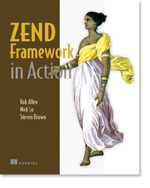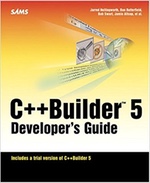Completely reset Apple Watch's Mac auto-unlock
Recently, the ability for my Apple Watch to automatically unlock my Mac started failing on Big Sur betas and then on my main Catalina installation. I'm not sure, but it's possible that updating to WatchOS 7 caused it, though it might have been related to re-pairing to fix the battery life issues I was having. Or, of course, some other software gremlin! Whatever, it was annoying. Scouring the Internet, I discovered what to do in… continue reading.


